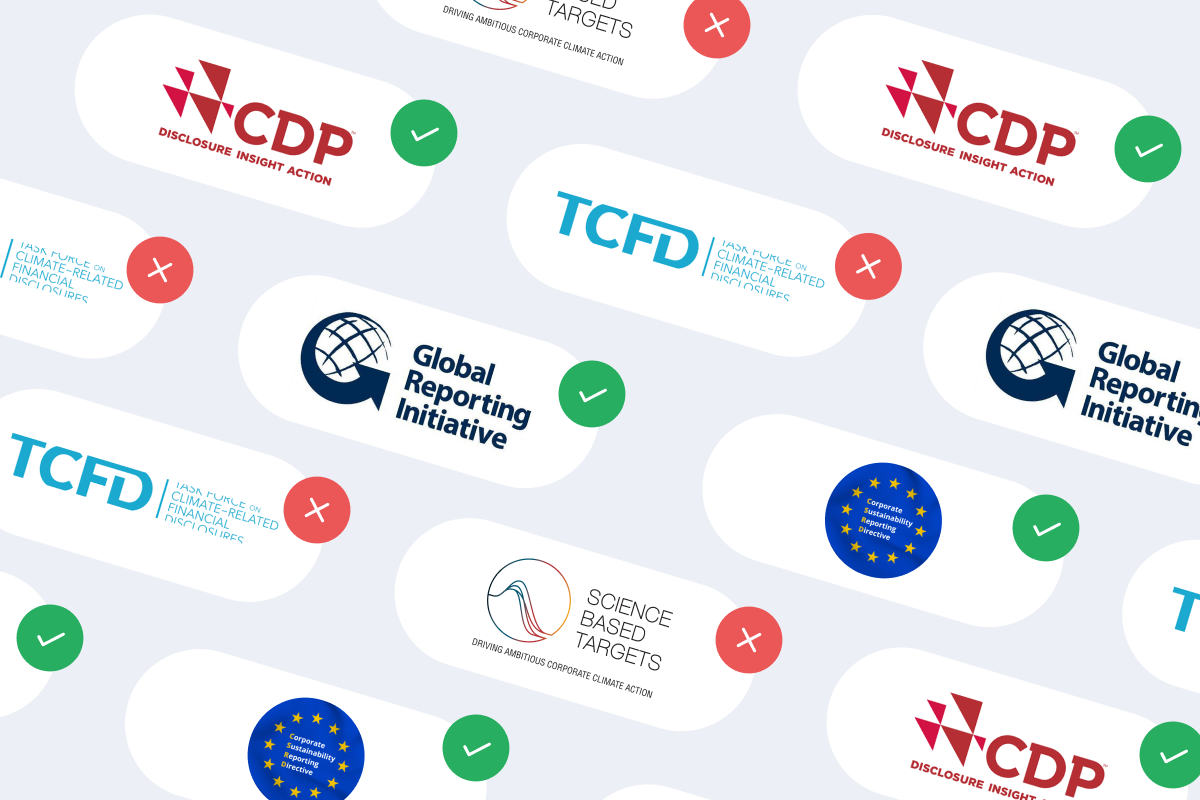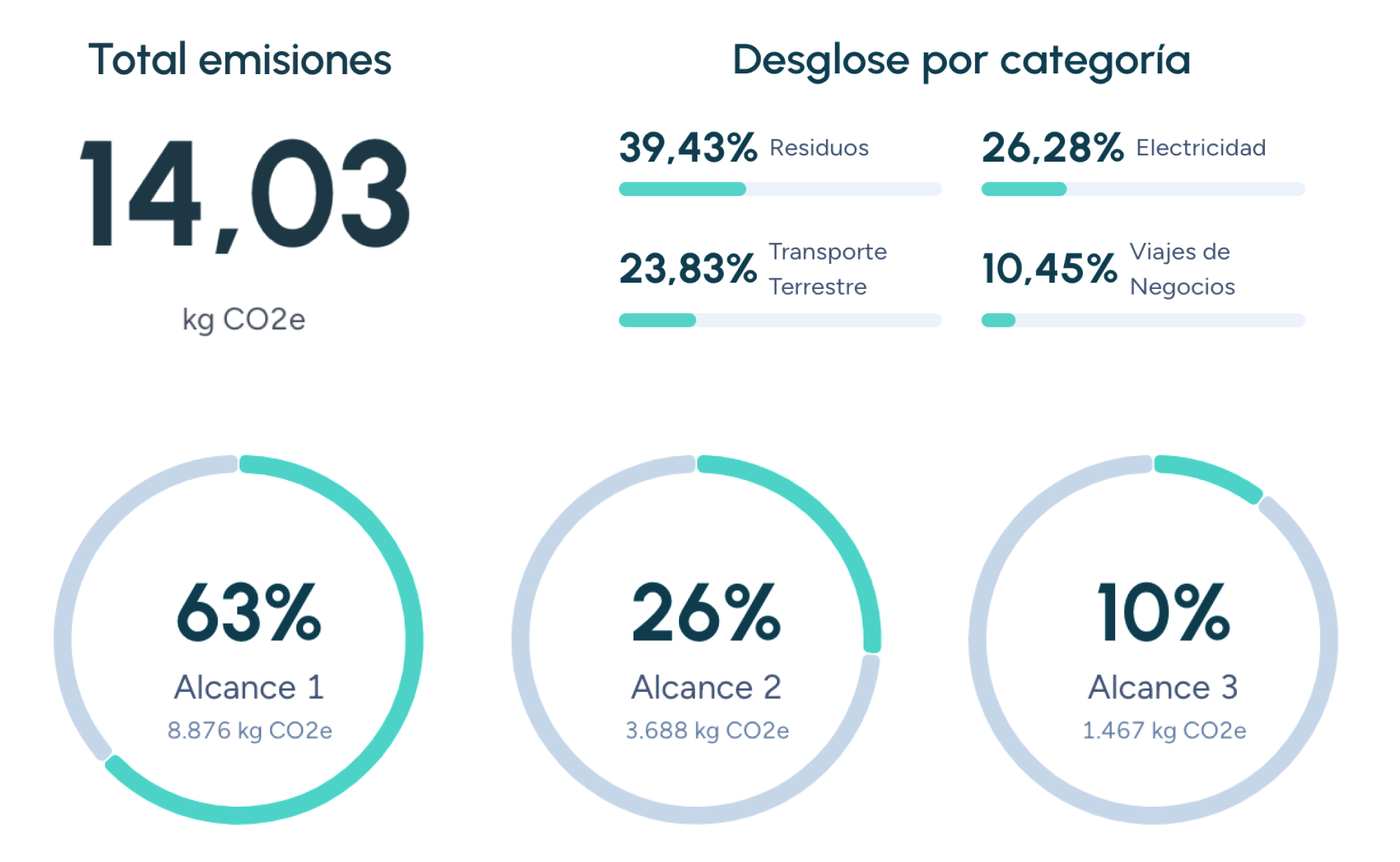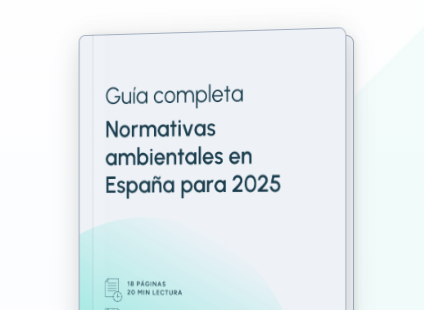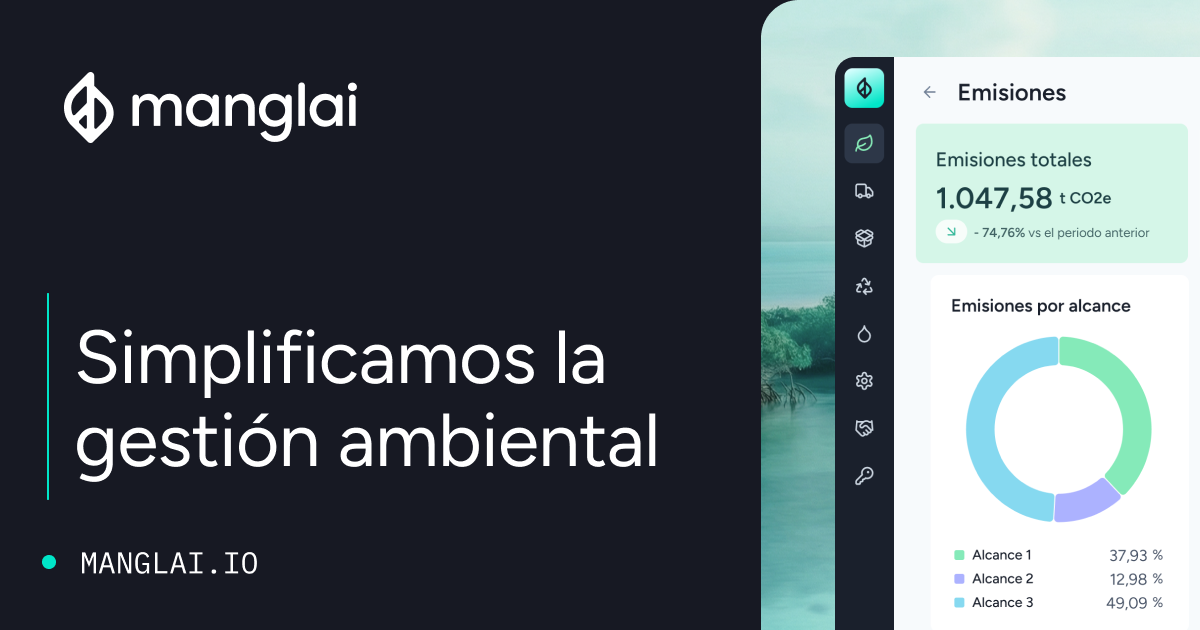E
European Union Emissions Trading System (EU ETS)
The European Union Emissions Trading System (EU ETS) is one of the main instruments of the EU’s climate policy for reducing greenhouse gas (GHG) emissions.
Launched in 2005, it establishes a market-based mechanism for emission allowances, enabling companies in the energy and industrial sectors to buy and sell carbon permits according to their needs.
How the EU ETS Works
- Allocation of emission allowances: Each year, the EU sets a total emissions cap for regulated sectors.
- Cap-and-trade system: Companies receive or purchase allowances (EUAs), each representing one tonne of CO₂ (or equivalent).
- Trading: Companies emitting less than their allowance can sell surplus permits to others that exceed their limits.
- Progressive reduction: The total number of allowances decreases annually, driving continuous decarbonization.
Sectors Covered
- Power generation and heating.
- Heavy industry (steel, cement, chemicals, paper).
- Aviation within the European Economic Area (EEA).
In the future, additional sectors such as maritime transport are expected to be included.
Benefits of the EU ETS
- Economic efficiency: Firms with lower abatement costs can sell allowances to those facing higher costs.
- Innovation driver: By raising the cost of emissions, the system incentivizes investment in clean technologies.
- Policy flexibility: The emissions cap and allocation rules can be adjusted to align with evolving climate goals.
Carbon Leakage and Compensatory Measures
To prevent carbon leakage, energy-intensive sectors exposed to global competition receive free allowances. Additionally, the EU is implementing the Carbon Border Adjustment Mechanism (CBAM) to impose carbon costs on imports based on their embedded emissions.
Criticisms and Challenges
- Price volatility: The carbon price can fluctuate significantly.
- Excessive free allocation: May weaken the incentive to reduce emissions.
- Alignment with the 1.5°C goal: The EU ETS must be periodically reviewed to remain consistent with the Paris Agreement.
The EU ETS is a pioneering and cornerstone policy tool in the European Union’s climate strategy. Its effectiveness lies in establishing a carbon price that reflects the true cost of pollution, promoting innovation, and accelerating the transition toward a low-carbon economy.
Companies that trust us

Carbon Trust Footprint Label
The Carbon Trust Footprint Label is a seal granted by the independent organization Carbon Trust that certifies and communicates the carbon footprint of a product, organization, or service.
Carbon credits
Carbon credits are a key tool in the fight against climate change, enabling companies and governments to offset their emissions by investing in projects that reduce greenhouse gases on a global scale.
Climate finance
Discover what climate finance is and how it drives the fight against climate change. Learn about its sources, challenges, and opportunities with Manglai.
Guiding businesses towards net-zero emissions through AI-driven solutions.
© 2025 Manglai. All rights reserved
Política de Privacidad


